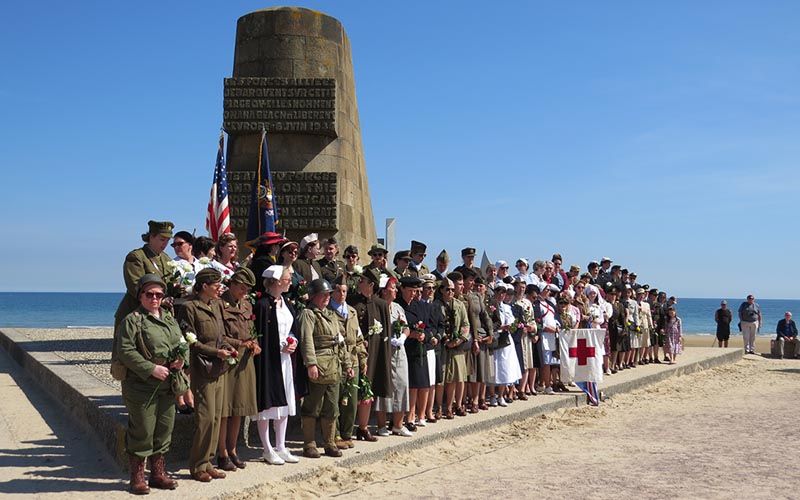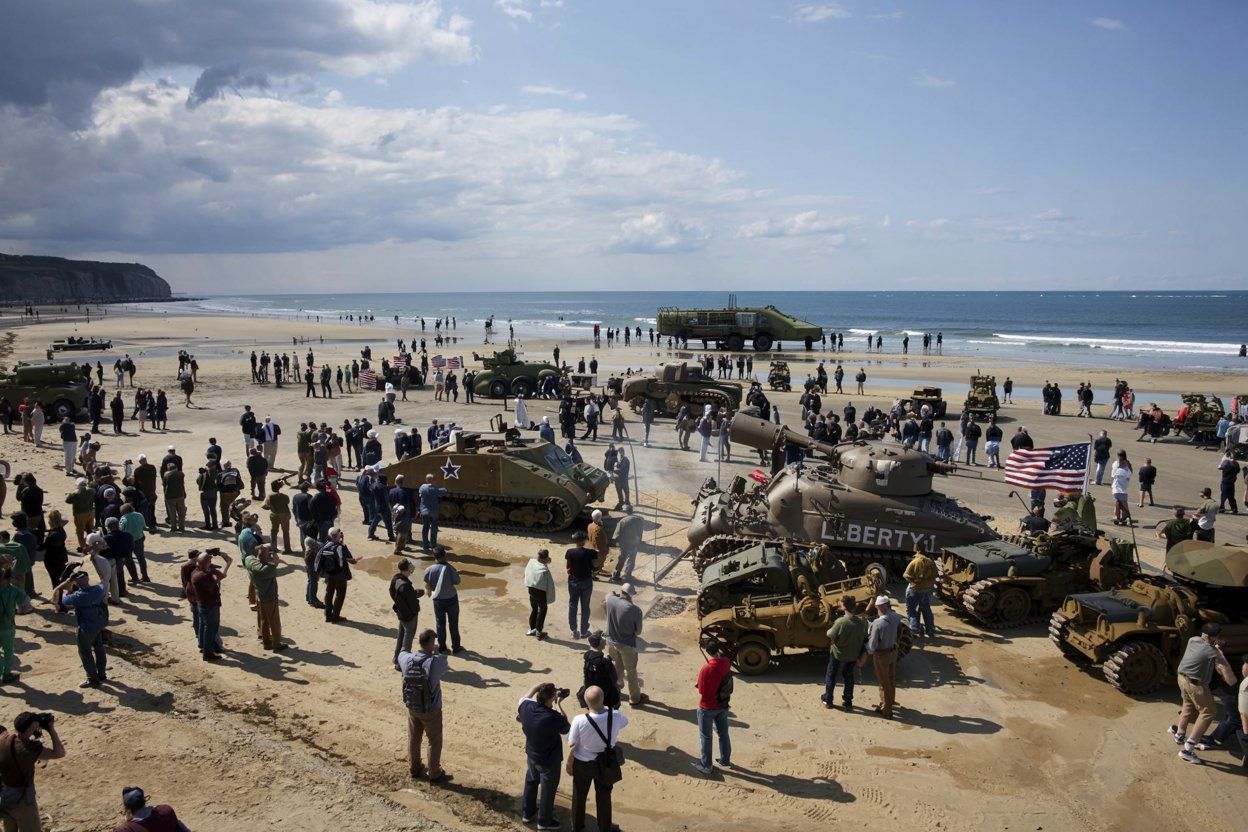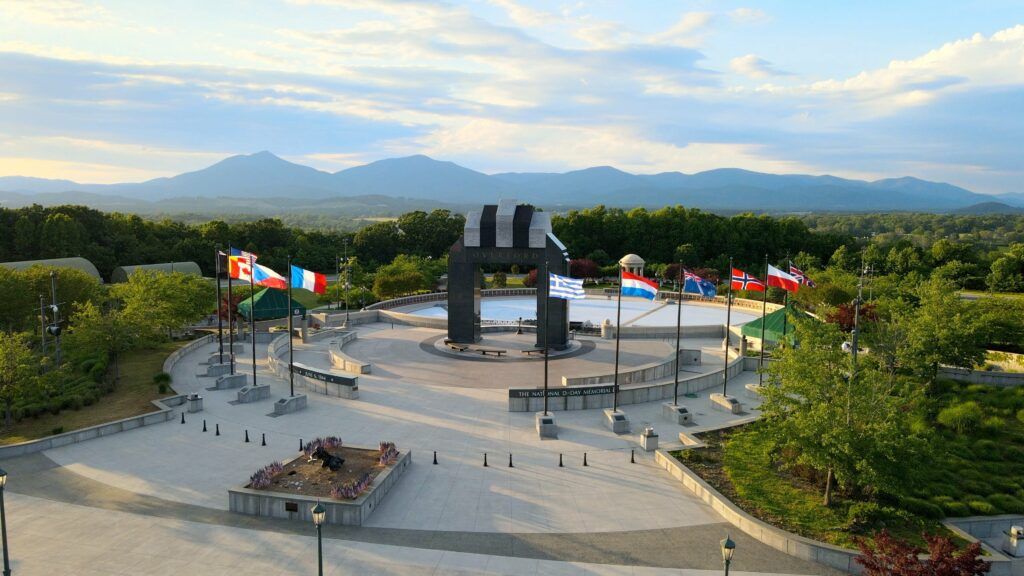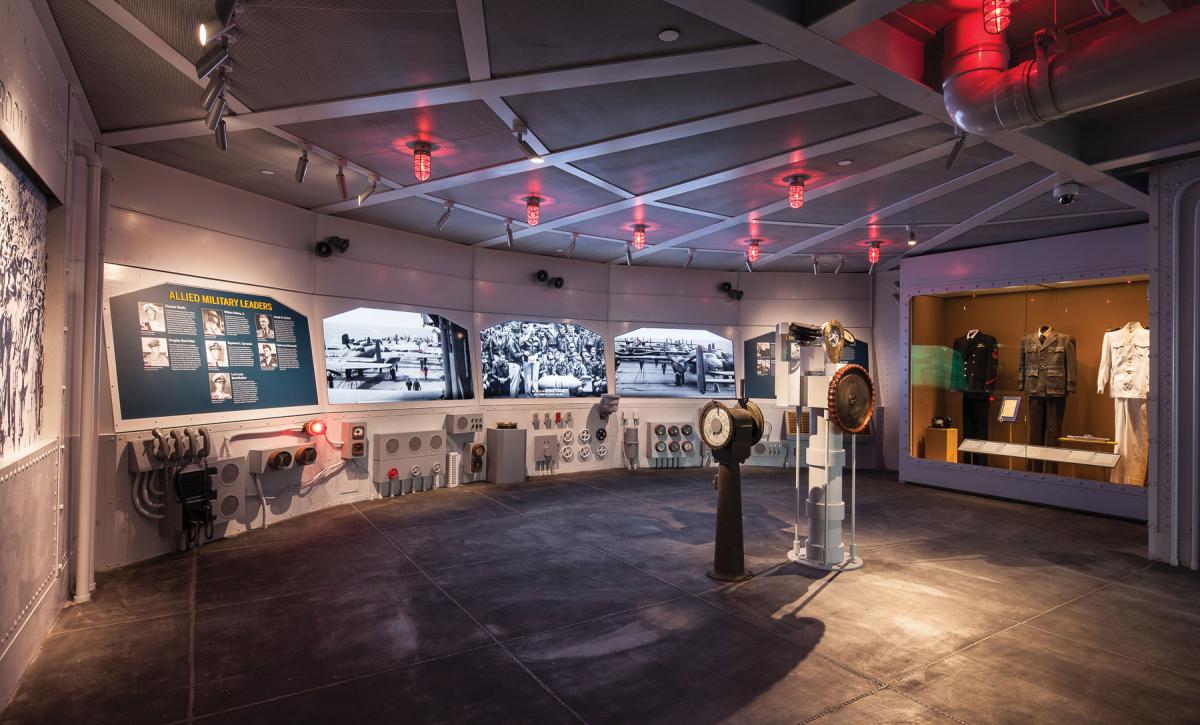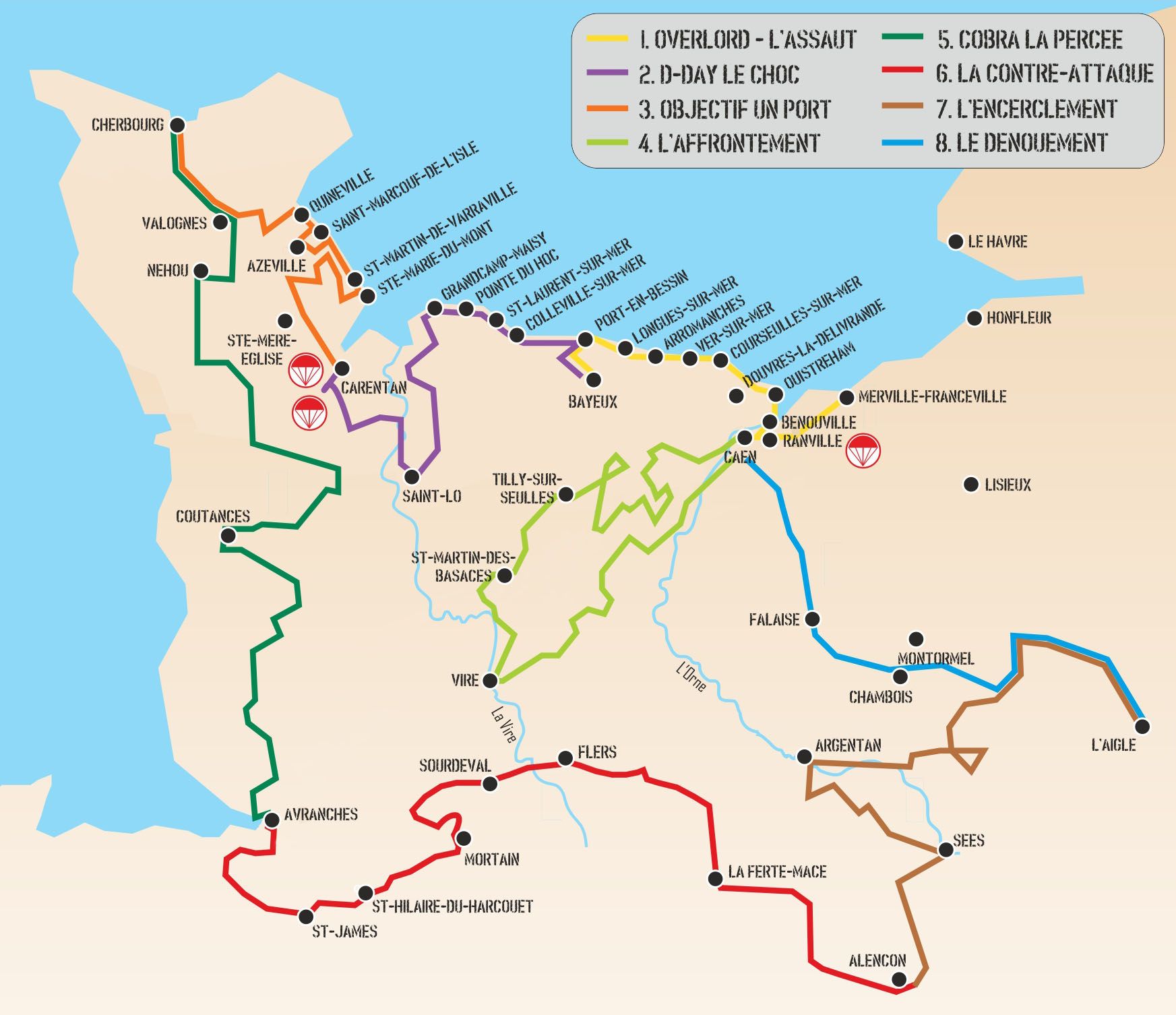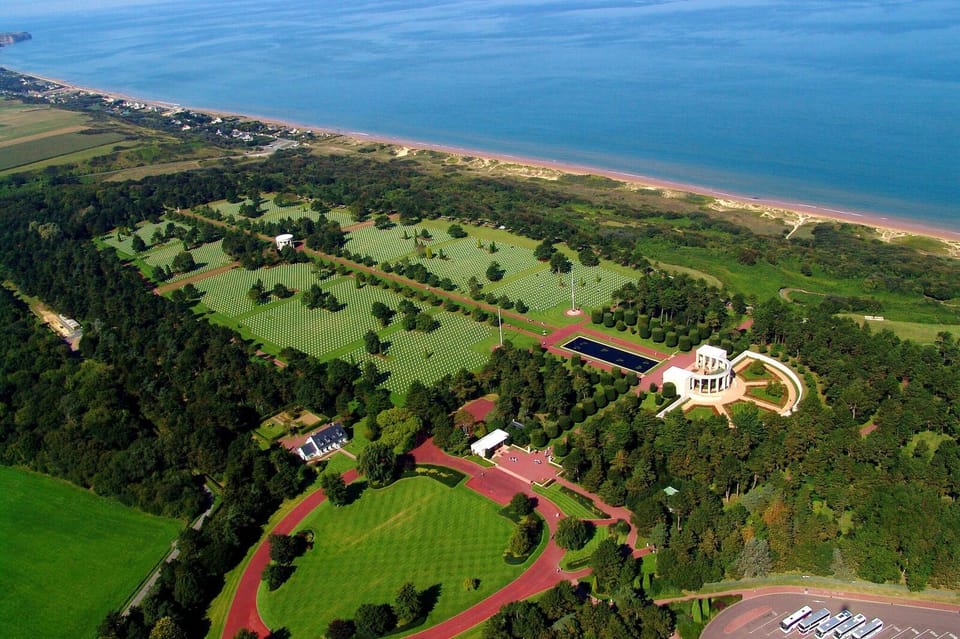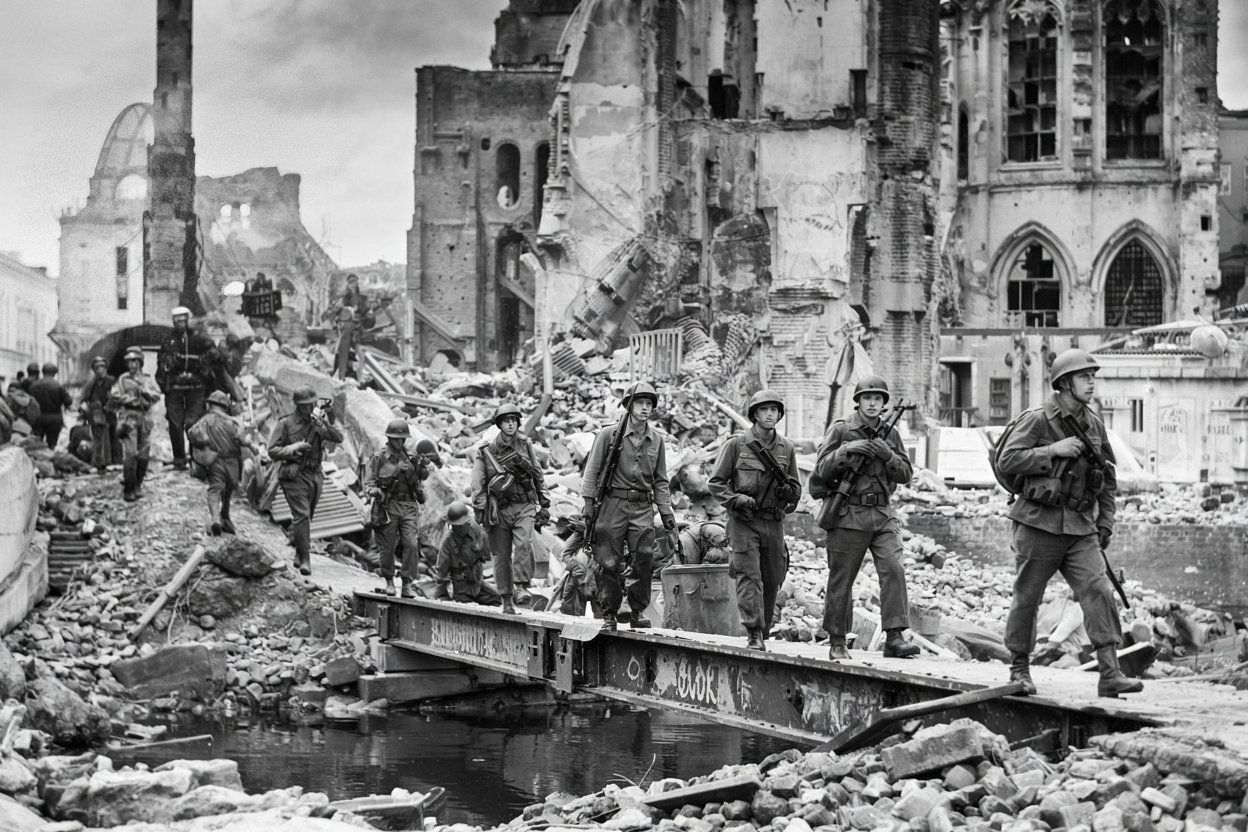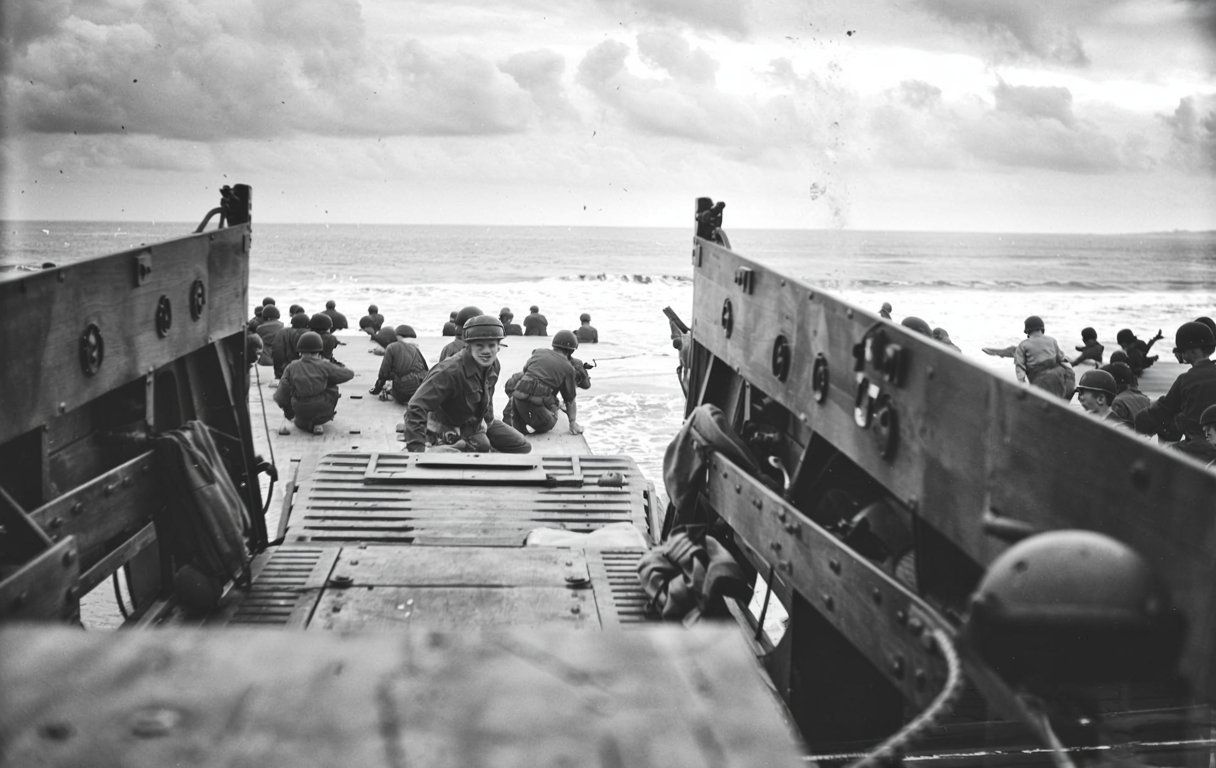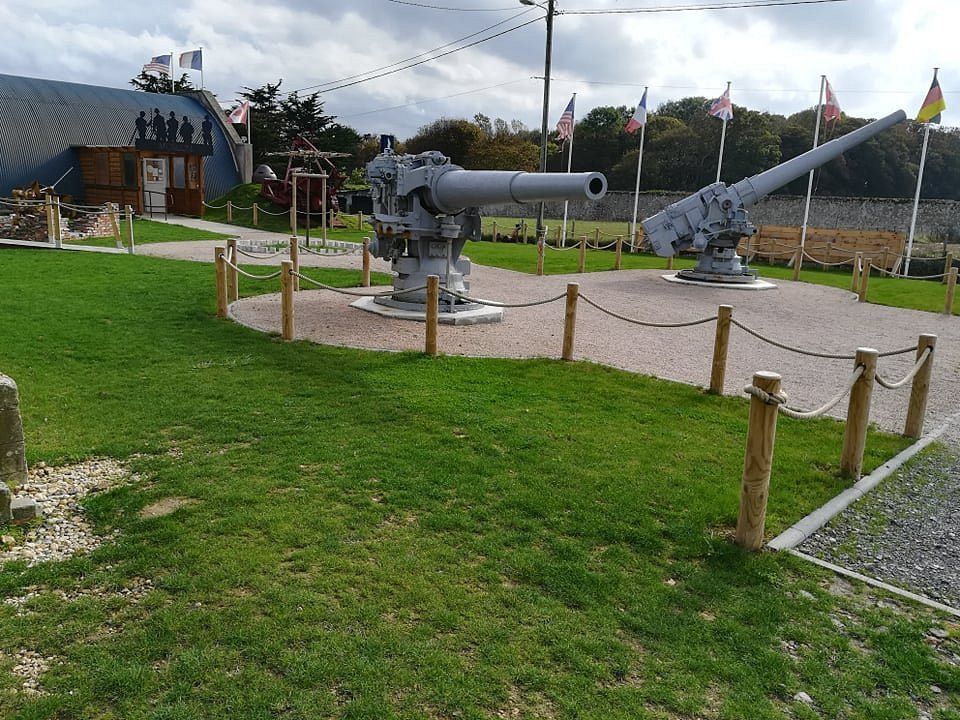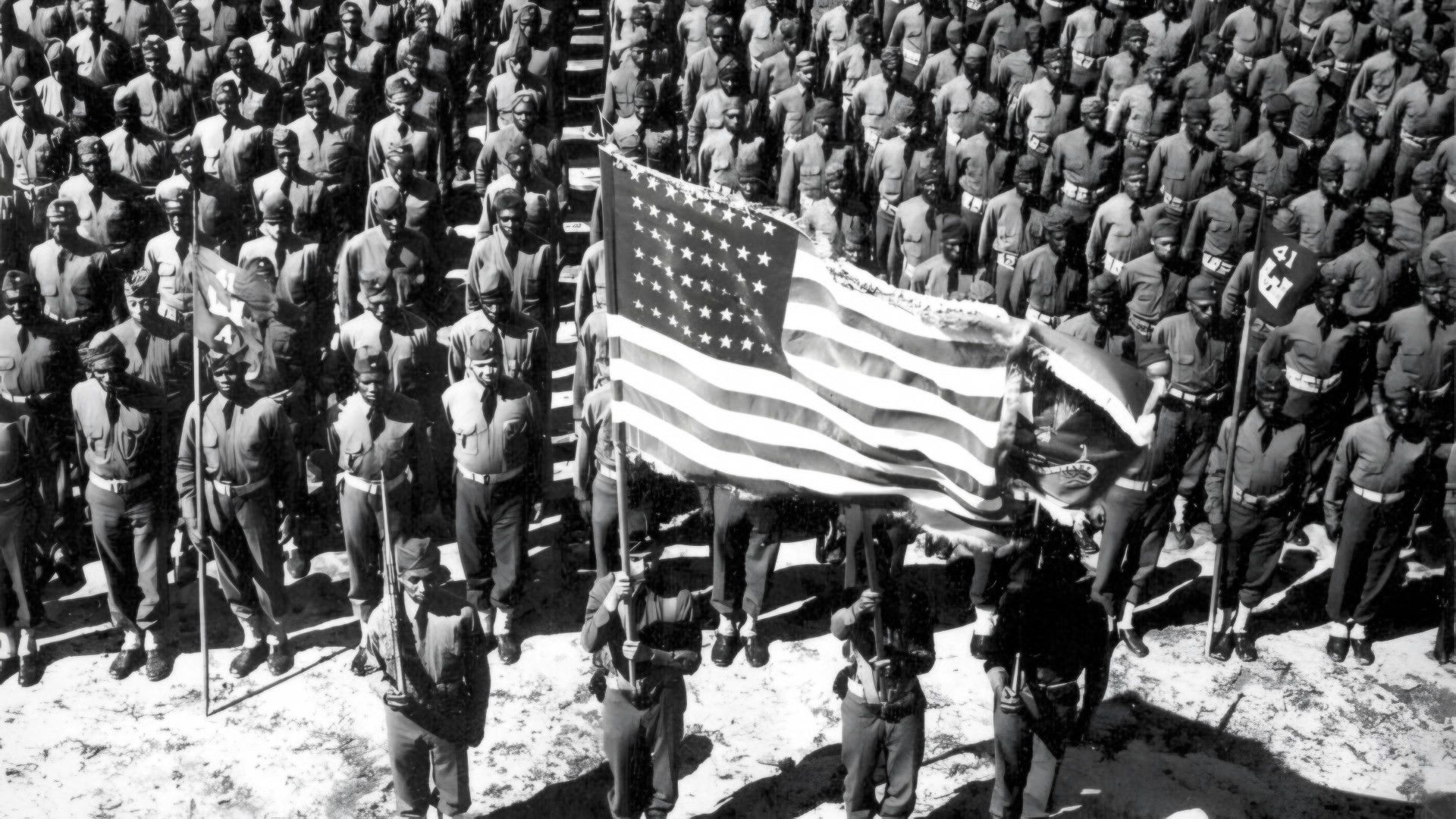When World War II ended in 1945, the Soviet Union stood as one of two global superpowers, right alongside the United States. Europe lay in ruins, and the power vacuum didn’t last long—Stalin’s USSR moved fast to take advantage. The Soviet Union radically changed post-war Europe by setting up communist governments across Eastern Europe, splitting the continent in a way that would shape global politics for the next 40 years.
Soviet troops occupied much of Eastern Europe as they forced German soldiers back toward Berlin. This military control let the Soviets dominate countries like Poland, Czechoslovakia, Hungary, and Romania.
What started as a temporary occupation quickly became permanent. Moscow installed communist governments loyal to the USSR.
Eastern Europe’s transformation under Soviet control created lasting tension with the West. It basically kicked off the Cold War.
The Soviet Union’s Position at the End of World War II
By 1945, the Soviet Union had become one of the world’s two superpowers. The Red Army controlled most of Eastern Europe, and Stalin gained serious influence over post-war borders, even after suffering huge wartime losses.
Military Contributions and the Defeat of Nazi Germany
The Soviet Union carried most of the weight in defeating Nazi Germany. The Red Army fought from 1941 to 1945, taking on most of the German forces.
Soviet troops broke the German army’s strength. They stopped Hitler at Stalingrad in 1942-1943, which turned the tide of the war.
Key Soviet military achievements:
- Destroyed about 80% of German military casualties
- Advanced from Moscow to Berlin between 1943-1945
- Captured Berlin in May 1945, ending the war in Europe
The Red Army paid dearly for these victories. Nearly 27 million Soviet citizens died during WWII, including both soldiers and civilians.
By the end of the war, Soviet forces occupied territory from the Baltic Sea all the way to the Adriatic. They controlled Poland, Hungary, Romania, Bulgaria, and eastern Germany.
This military presence gave Stalin a strong position in post-war talks.
Allied Conferences and Territorial Agreements
Stalin met with Allied leaders at two key conferences in 1945. These meetings shaped Europe’s post-war borders and political future.
At Yalta in February 1945, Roosevelt, Churchill, and Stalin discussed what would happen next. Stalin promised free elections in Poland but secured Soviet influence in Eastern Europe. The leaders agreed to divide Germany into four zones.
Yalta Conference agreements:
- Poland would have a communist provisional government
- Germany split between the US, Britain, France, and Soviet Union
- Soviet Union would join the war against Japan within six months
The Potsdam Conference took place from July to August 1945. President Truman replaced Roosevelt. Tensions rose between the Soviet Union and Western allies during these talks.
Stalin relied on the Red Army’s presence to get what he wanted. He set up communist governments in the territories the Soviets controlled.
The Soviet leader created a buffer zone to guard against future Western threats.
Soviet War Losses and Economic Impact
The Soviet Union went through staggering losses during WWII. The country lost millions of people, and the economy and infrastructure were left in ruins.
Nearly 27 million Soviet citizens died between 1941-1945, with about half being civilians and half military personnel.
Major economic damage:
- 70,000 villages destroyed
- 32,000 industrial facilities demolished
- 40,000 miles of railway track damaged
- 25% of all capital stock lost
Lend-Lease aid from the United States helped the Soviets survive. The US sent $11 billion in military equipment, food, and raw materials. This aid made a real difference during the hardest years.
Despite all the destruction, the Soviet Union came out militarily stronger. The Red Army became the largest land force in the world.
Soviet industry, moved east during the war, stayed mostly intact and focused on military production.
By 1945, the Soviet Union controlled huge areas across Eastern Europe. This expansion helped make up for wartime losses and established Soviet dominance over half the continent.
Establishment of Soviet Influence in Eastern Europe
The Soviet Union took control of Eastern Europe through military occupation, political maneuvering, and by creating satellite states between 1945-1948. This process split Germany and turned the region into the Eastern Bloc under Moscow’s direct influence.
Soviet Occupation and Satellite States
The Red Army‘s presence across Eastern Europe laid the groundwork for Soviet control. Soviet troops stayed in key countries after the war. This let Stalin install Communist governments loyal to Moscow.
Key satellite states that formed:
- Poland (1947)
- Hungary (1947-1948)
- Czechoslovakia (February 1948)
- Romania (1947)
- Bulgaria (1946)
- Albania (1946)
Local Communist parties, backed by the Soviets, seized power. They received resources and support from Moscow. Non-Communist politicians got arrested or sent into exile.
Stalin built buffer zones to protect the USSR from future invasions. The satellite states served Soviet military and economic interests.
Their governments followed Moscow’s lead on important policies.
Each country looked independent on paper. In reality, the USSR controlled their foreign policy, military, and economic systems. Soviet advisors worked closely with local Communist leaders.
Political Transformation and Sovietization
Eastern European governments changed in similar ways. Communist parties started by joining coalition governments. Soon after, they forced out opposition parties by any means necessary.
Free elections promised at Yalta rarely happened. The Soviets rigged votes or intimidated people. Opposition leaders vanished or fled to the West.
The Sovietization process involved:
- State control of newspapers and radio
- Elimination of private businesses
- Collective farming
- Soviet-style education
- Secret police organizations
The USSR forced its economic model on the region. Private property disappeared, replaced by state ownership. Central planning took over from market economies.
Religious groups lost power. The Communist party became the only legal political group. Soviet cultural policies replaced local traditions.
Division of Germany and the Fate of Berlin
Germany’s division became the clearest sign of Soviet power in Europe. The country split into four zones after the war, with the Soviets controlling the east.
The German Democratic Republic formed in 1949 from the Soviet zone. This new East German state became a key Soviet satellite. Soviet troops stayed in permanent bases.
Berlin, even though it was deep inside Soviet territory, divided into four sectors like Germany itself. The Soviets ran East Berlin.
Key moments in Berlin:
- Currency reform disputes (1948)
- Berlin Blockade (1948-1949)
- Separate East German government established
- Physical barriers between sectors
The Berlin crisis showed how far the Soviets would go to keep control. Stalin blocked Western access to see if the Allies would back down. The crisis ended with two German states firmly in place.
East Germany became the USSR’s most important satellite. Its location gave the Soviets strategic depth against NATO. The split in Germany became the symbol of Europe’s division.
From Wartime Alliance to Cold War Rivalry
The United States, Britain, and the Soviet Union fought together against Nazi Germany, but that alliance faded fast after 1945. Stalin’s hold over Eastern Europe and America’s economic aid to the West split the continent in two.
Breakdown of the Grand Alliance
The wartime partnership between the US and USSR started falling apart even before WWII ended. At Yalta in February 1945, Roosevelt, Churchill, and Stalin clashed over Poland’s future.
Stalin wanted communist governments in Eastern Europe, while the US and Britain pushed for free elections. Neither side trusted the other.
By 1946, things had unraveled. Stalin installed communist governments in Poland, Hungary, and Romania—countries the Red Army had liberated.
Winston Churchill famously warned about an “Iron Curtain” falling across Europe in March 1946. He said the Soviets were cutting Eastern Europe off from the West.
Main disagreements:
- Free elections vs. communist rule
- Capitalism vs. communism
- Nuclear weapons development
- Military occupation in Europe
The Grand Alliance collapsed because both sides had different visions for Europe. Trust disappeared as both accused each other of breaking promises.
Origins of the Iron Curtain
Stalin built a barrier between East and West after 1945. He worried that Western influence would threaten Soviet control.
The Iron Curtain became real through strict actions. Stalin banned Western newspapers and radio in Eastern Europe. He stopped people from traveling to the West.
Countries behind the Iron Curtain:
- Poland
- East Germany
- Czechoslovakia
- Hungary
- Romania
- Bulgaria
Communist parties took over these governments. The Soviet Union provided military support to keep them in line. Secret police arrested anyone who dared to oppose.
Churchill’s Missouri speech made the division famous. He said Stalin had dropped an “Iron Curtain” from the Baltic to the Adriatic.
This barrier was both physical and political. Border guards, barbed wire, and checkpoints stopped movement. Communist governments controlled information and travel.
The split lasted over 40 years. It separated families, broke trade, and created two very different worlds in Europe.
Marshall Plan and Economic Competition
The United States launched the Marshall Plan in 1947 to help Western Europe’s economy recover. Secretary of State George Marshall promised $13 billion in aid over four years.
America had its own reasons for this. Strong European economies would buy US goods and resist communism. Poor countries might turn to communism more easily.
Stalin saw the Marshall Plan as a threat. He ordered Eastern European countries not to accept US aid. Poland and Czechoslovakia wanted to join, but Stalin refused.
Marshall Plan recipients:
- Britain: $3.2 billion
- France: $2.7 billion
- West Germany: $1.4 billion
- Italy: $1.2 billion
The Soviets responded by creating Comecon in 1949, which coordinated trade between communist countries but offered far less money.
The Marshall Plan worked. Western Europe recovered quickly and stayed close to the US. The economic gap between East and West just kept growing.
Economic competition became a central part of the Cold War. Both sides used money and trade to win friends and influence.
Soviet Foreign Policy and the Spread of Communism
The Soviet Union used foreign policy to spread communism across Europe after 1945. Stalin’s government set up communist states in Eastern Europe and managed tricky relationships with Yugoslavia and Albania, which went their own way.
Ideological Goals in Europe
The Soviet Union claimed to lead the worldwide communist movement. Stalin wanted a belt of friendly communist states along Soviet borders.
Soviet leaders believed socialism was better than capitalism. They gave political support, military aid, and economic help to communist parties across Europe.
The Kremlin backed communist takeovers in Poland, Hungary, Czechoslovakia, Romania, Bulgaria, and East Germany between 1945-1948. Soviet advisors helped build new governments modeled on the Soviet system.
Moscow also supported communist movements in Greece and Western Europe. The Soviets funded communist parties in France and Italy after the war.
Yugoslavia, Albania, and Divergence from Moscow
Yugoslavia under Josip Broz Tito broke with Stalin in 1948. Tito refused to follow Soviet economic plans or foreign policy.
Stalin kicked Yugoslavia out of the Communist Information Bureau in June 1948. The split showed that not every communist country would stay under Moscow’s thumb.
Albania first followed Yugoslavia’s independent path under Enver Hoxha. Later, Albania switched its loyalty to China when Soviet-Chinese relations soured in the 1960s.
These splits showed the limits of Soviet power. Communist countries could go their own way while still claiming to support communism.
Security and Buffer Zones
Soviet foreign policy focused on building defensive buffer zones. Stalin feared another invasion from the west after losing more than 20 million people in WWII.
The Soviet Union created the Warsaw Pact in 1955 as a military alliance. This countered NATO and gave Moscow control over Eastern European armies.
Soviet forces stepped in when satellite states tried to break away. The USSR crushed uprisings in Hungary (1956) and Czechoslovakia (1968) to keep control.
These moves showed that Soviet security concerns usually came before any real push for communist development in neighboring countries.
Impact on International Relations and Global Order
The Soviet Union completely reshaped post-war Europe and changed the way countries dealt with each other around the world. When two superpowers emerged, new diplomatic structures popped up, and the world saw a wild arms race and the rise of rival military alliances.
United Nations and Superpower Dynamics
In 1945, the Soviet Union joined the United Nations as one of the five permanent Security Council members. This move handed Moscow veto power over major international decisions.
Key Soviet UN Actions:
- Blocked Western resolutions during the Berlin Crisis (1948-1949)
- Boycotted Security Council during the Korean War vote (1950)
- Used veto power 79 times between 1946 and 1955
Soviet leaders saw the UN as a way to keep the West from dominating global politics. They backed decolonization movements in Africa and Asia through the UN, which often led to clashes with Britain and France.
Soviet delegates often butted heads with American representatives. The Security Council turned into a stage for superpower rivalry, not cooperation.
Until 1971, the UN excluded China, which actually gave the Soviets more influence in the Third World. Moscow started calling itself the defender of developing nations against Western imperialism.
Arms Race and Security Politics
After 1945, nuclear weapons shaped the superpower competition. The Soviet Union tested its first atomic bomb in 1949, breaking the American monopoly.
The arms race picked up speed:
- 1952: US develops hydrogen bomb
- 1953: USSR tests hydrogen bomb
- 1957: Soviet Union launches Sputnik satellite
- 1962: Cuban Missile Crisis pushes nuclear tensions to the brink
Both superpowers poured massive resources into military technology. At the height of the Cold War, the Soviet Union spent up to 25% of its GDP on defense.
Nuclear deterrence theory grew out of this rivalry. Neither side could strike first without risking total destruction. This “balance of terror” kept them from fighting directly.
The arms race wasn’t just about nukes. Both sides built up conventional forces, launched spy networks, and raced into space. Military technology fueled scientific progress in both countries.
Formation of Competing Blocs
In 1949, NATO came together as a Western military alliance to counter Soviet expansion. Twelve countries, including the United States, Britain, and France, promised to defend each other.
The Soviet Union answered by forming the Warsaw Pact in 1955. This alliance brought together:
- East Germany
- Poland
- Czechoslovakia
- Hungary
- Romania
- Bulgaria
- Albania
Europe split into two heavily armed camps. Most British Commonwealth nations stood with NATO, though a few stayed neutral.
Economic alliances followed. In 1949, the Soviets started COMECON to coordinate Eastern European economies. Western Europe responded with the European Coal and Steel Community in 1951.
Third World countries faced pressure to pick a side. Many new nations in Africa and Asia tried to stay neutral. The Non-Aligned Movement came together in 1961 as a third path.
These rival alliances turned Europe into the center of global ideological conflict. Local wars in Asia, Africa, and Latin America often became proxy battles between the superpowers.
Decolonization and the Soviet Union’s Role Beyond Europe
The Soviet Union threw its support behind anti-colonial movements across Asia, Africa, and Latin America during the Cold War. By backing these groups, Moscow hoped to challenge Western dominance and spread communist influence through proxy wars, diplomacy, and military aid.
Influence in the Third World and Non-Aligned Movement
After World War II, the Soviet Union started calling itself the friend of newly independent nations. Moscow gave developing countries an alternative to Western capitalism.
Soviet leaders sent economic aid and technical experts to former colonies. They built infrastructure, sent advisors, and provided military training to new governments.
The Non-Aligned Movement became a big focus for Soviet outreach. Countries like Egypt, India, and Indonesia wanted to avoid picking sides in the Cold War.
Stalin’s successors saw these nations as valuable allies against the West. They offered weapons, industrial machinery, and scholarships to leaders from the developing world.
| Soviet Support Methods | Examples |
|---|---|
| Military Aid | Weapons to Vietnam, North Korea |
| Economic Assistance | Infrastructure projects in Africa |
| Educational Programs | University scholarships for foreign students |
| Technical Expertise | Agricultural and industrial advisors |
The Soviets took a totally different approach from Western colonial powers. They talked up anti-imperialist solidarity instead of economic exploitation.
Proxy Wars and Communist Support in Asia
The Korean War kicked off the first big Soviet proxy conflict in Asia. North Korea got heavy military support from both the Soviet Union and China.
Soviet pilots flew combat missions during the war. They sent advanced aircraft and trained North Korean forces to fight UN troops.
In Vietnam, the Soviet Union backed the Viet Minh against French colonial forces. Moscow supplied weapons and advisors to Ho Chi Minh’s communist fighters.
The Vietnam War turned into the longest Soviet proxy conflict. North Vietnam received billions in military aid from Moscow.
Soviet surface-to-air missiles worked well against American planes. This technology changed how air battles played out in Vietnam.
Indochina became a key battleground for communist influence. The Soviets and China both tried to win over Vietnamese communists.
When Ngo Dinh Diem fell in South Vietnam, the Soviets saw new chances to expand their role. Moscow ramped up aid to North Vietnamese forces after 1963.
Connection to Global Decolonization Movements
Soviet anti-colonial propaganda took direct aim at British and French imperial policies. Moscow often called out Western nations for holding onto economic control over former colonies.
The Soviet Union gave military training to guerrilla war fighters all over Africa and Asia. These programs focused on teaching tactics to fight conventional Western armies.
Communist ideology really caught the attention of independence movements hungry for radical change. Soviet leaders talked up rapid industrialization and social equality, painting a picture of a different future.
Moscow threw its support behind liberation movements in places where Western powers still had strong interests. By doing this, Soviet leaders hoped to chip away at the economic strength of NATO allies.
Colonial troops who had fought for European powers during World War II often landed on the Soviet radar for recruitment. These veterans brought valuable military experience to the table.
The Soviet Union saw humanitarian crises as opportunities to expand its influence. When famine hit former colonies, Moscow stepped in with food aid, but always with political strings attached.
Soviet diplomats backed decolonization resolutions at the United Nations and pushed hard for them. They leaned on international law to pressure Western nations to give up their overseas territories.
With this global approach, the Soviet Union managed to build alliances far from home. Former colonies, in turn, offered votes in international organizations and sometimes, strategic military bases.

